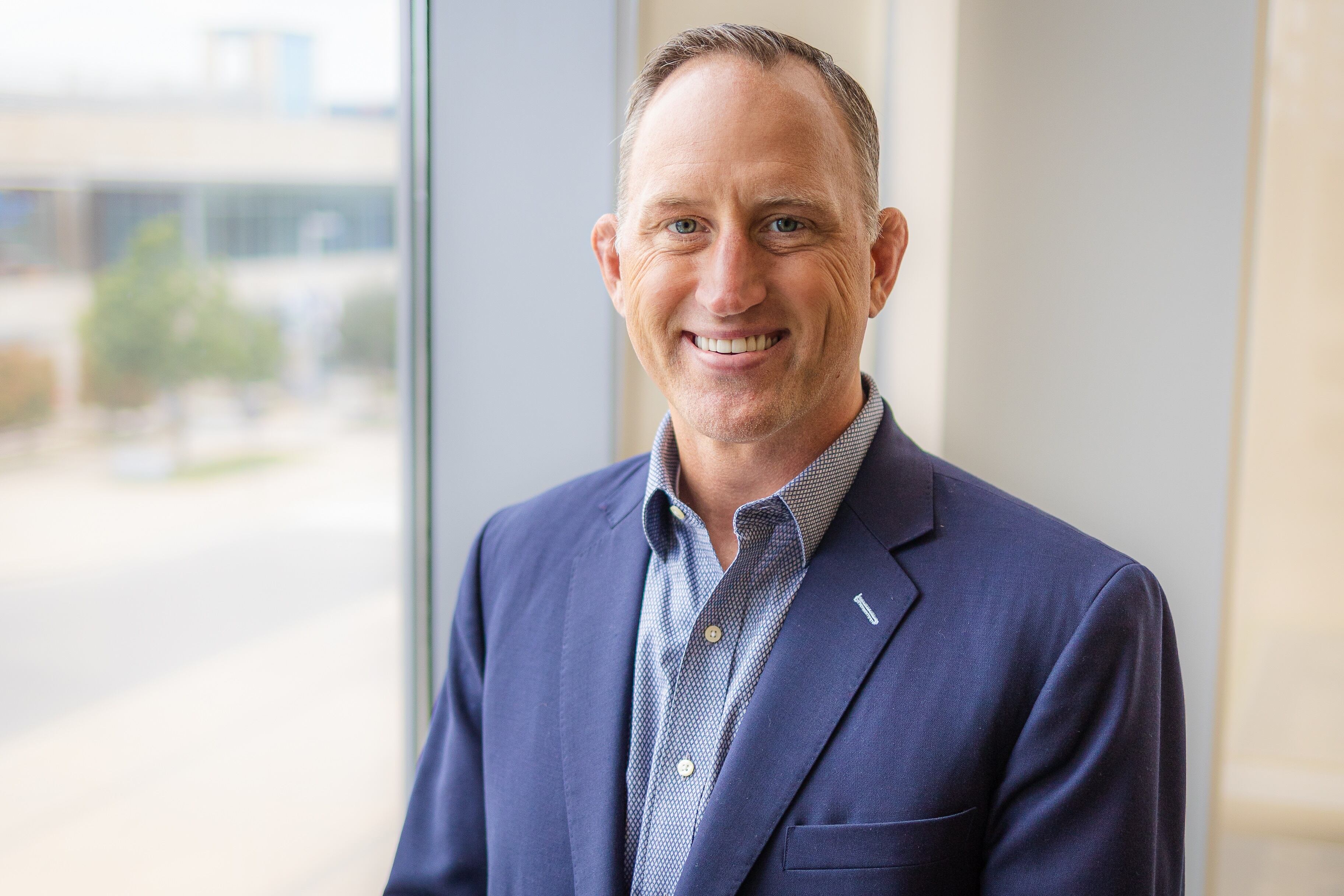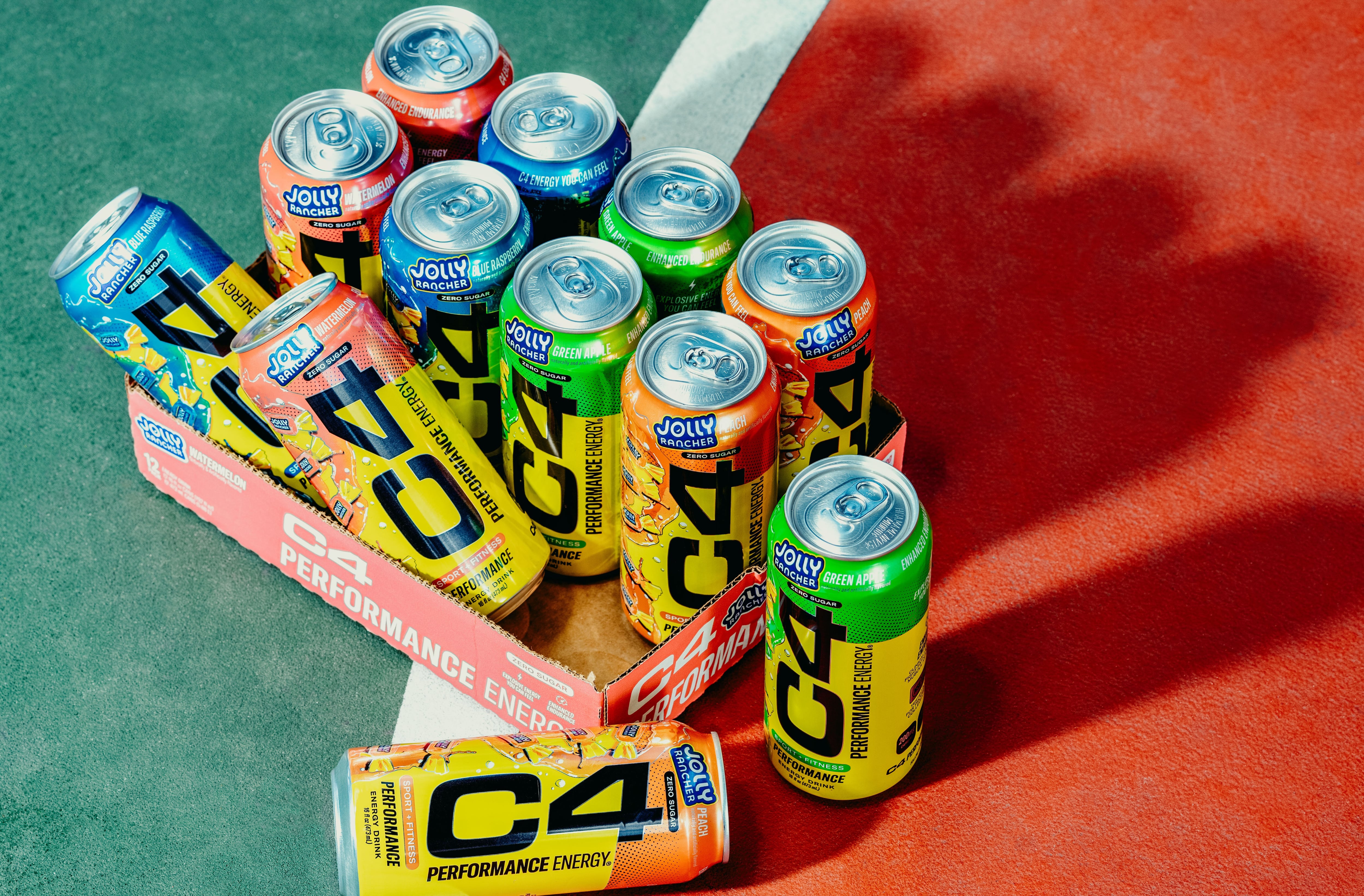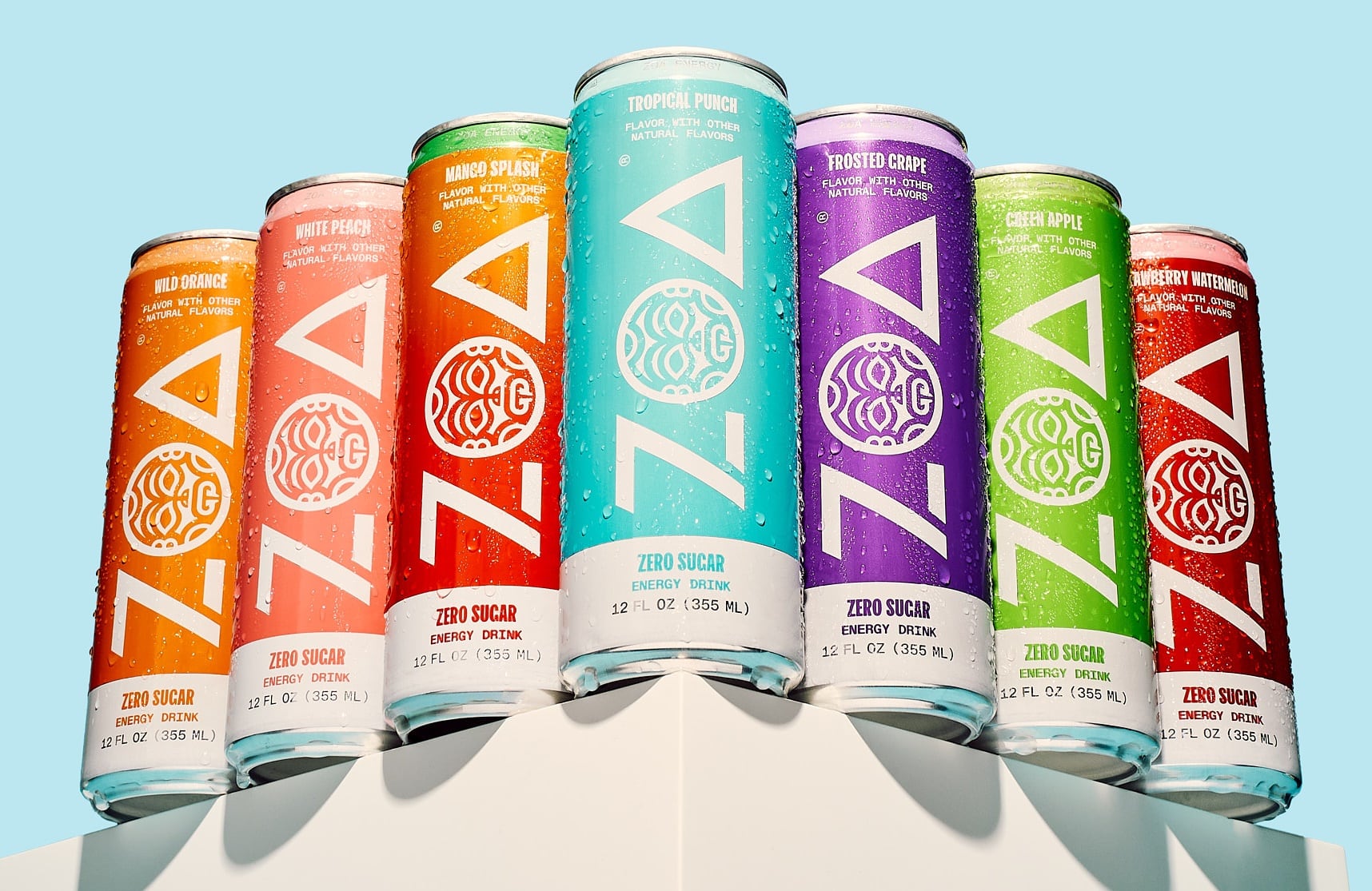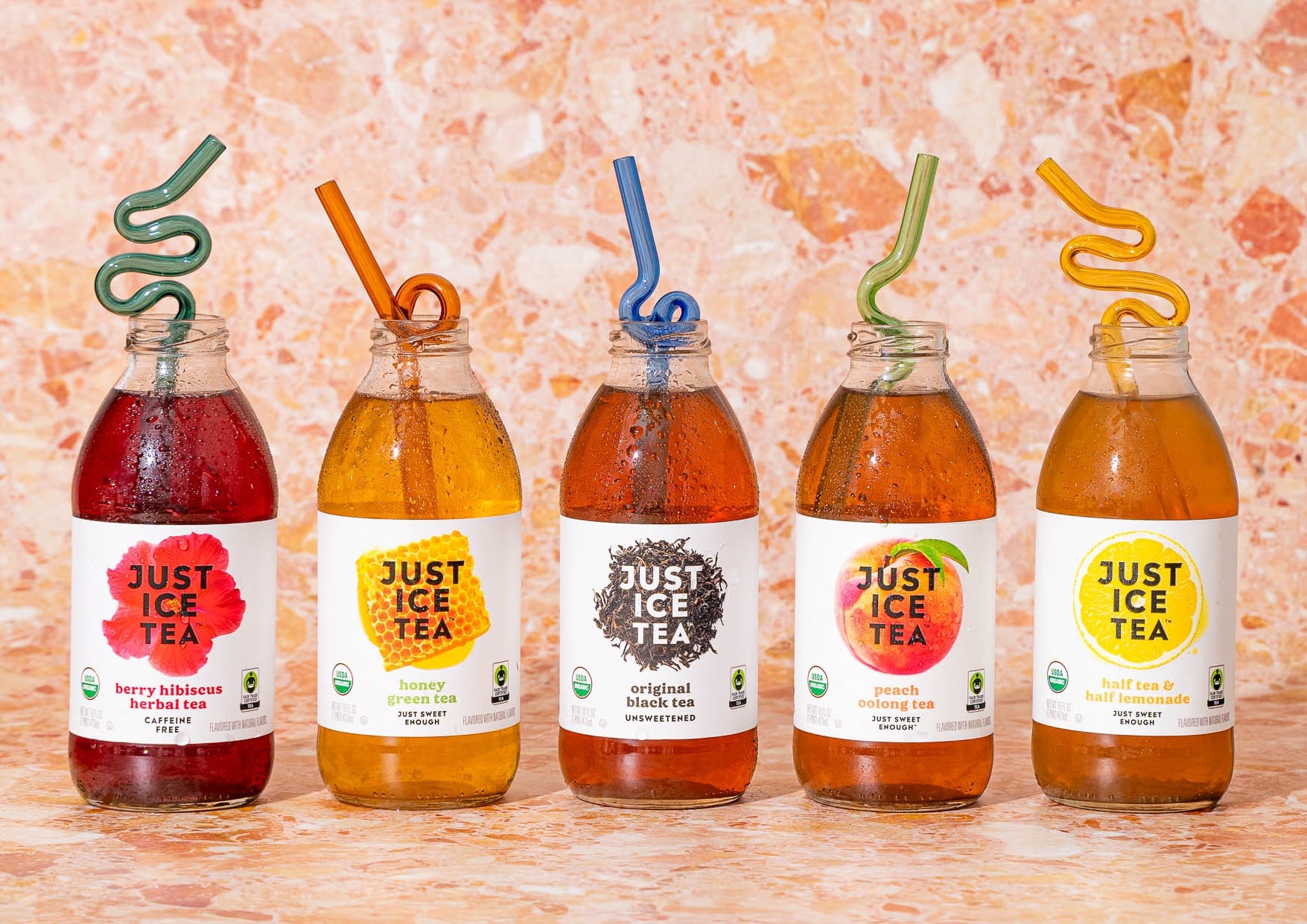C4 Energy launched in 2014: but started to really build its mass market presence from 2018.
It’s taken the idea of drinks for the gym and looked at how to apply them to a mass market, with plenty of success: Today, C4 Sport Hawaiian Punch Pre-Workout is the #1 selling PWO SKU in the US; while C4 Sport is the #2 selling PWO brand C4 Sport is the #2 selling PWO brand in the US, according to Circana.
C4 Energy is at the heart of Nutrabolt, a company that’s is set to eclipse $1bn in sales this year with brands such as Cellucor and Xtend and with a minority stake in Bloom.
In 2022, Keurig Dr Pepper took a 30% ownership stake in C4 Energy owner Nutrabolt: signaling its strategic interest in the energy drink category.
After several years heading up sales teams at Coca-Cola and working on pioneering brands such Topo Chico, Honest Tea and Zico, Kyle Thomas joined Nutrabolt in 2021 where he’s now Global Chief Commercial Officer. He tells us where he sees future growth for the brand and energy category.
BD: Introduce us to C4 Energy!
KT: C4 was launched in 2014 as part of this 20+ billion dollar energy drink category that’s been exploding over the last couple of years.
C4 bridges that gap between the traditional mainstream energy drinks and the functional performance beverages. That’s been a huge consumer shift over the last 10 years.
We have a unique flavor profile, and a proprietary blend of clinically-studied ingredients: efficacy is very important for C4. That includes our performance energy beta-alanine which shows enhanced strength and endurance and overall performance.
It’s NSF certified for sport, meaning all the products that we produce within that C4 line meet very rigorous standards for safety, quality, transparency. This is really important: the certification means that you can trust our brand, and the efficacy and what we put in is exactly what we say, and what you get out of it is exactly what you hope to get out of it.
We do a number of partnerships with NBA teams, really getting into how sport and that lifestyle and performance really fit and connect well with our brand.
We’ve got very wide distribution: every major retailer in the US along with food service and on-premise, it really shows up in myriad different ways.

Who’s the target market for C4?
It’s blown me away how many different types of consumers are drinking C4.
Early on, I would say our legacy and our heritage was really anchored in the gym: and it still is on our active nutrition side (the C4 brand goes across not only beverage, but into active nutrition and active lifestyle). And as we started to develop beverage: and really launched there in 2018 going into 2019, it took on more of a mainstream culture apparatus around it.
C4 Portfolio
C4's portfolio includes:
- Energy drinks
- Smart energy (with Cognizin Citicoline and N-Acetyl Tyrosine)
- Pre-workout drinks (including powder mixes)
- Protein (C4 whey protein)
- Creatine
- Amino acids and BCAA
That was really important for us: to know that you can translate from the gym to everyday lifestyle.
Our consumers are younger, call it 24-35, typically leans more towards male.
I would say 70/30 male/female; but again, as we start to expand even more, it’s going deeper than the, say, 20-something year old male college student athletes, and I think that’s really important for a brand.
C4 has a huge platform to grow and expand in a big way.
C4 Energy, as we know it, really grew from 2018. What pushed it into the big time?
We had a version of C4 that mainly lived in gyms and vending machines. And it was like, ‘ok, there’s something we can work with here’. Maybe we can be a big player in energy.
And that’s where moving into more of the traditional 16 oz can and things like that really started to take shape.
And then at some point there has to be investment posture. You get serious and say, ‘ok, what do we want this to look like?’
That happened around 2018-2019. We said: we have a great brand, we believe we can play in the beverage category. The expansion into the distributor network and DSDs across the country ensued for the next two to three years.
That took us into 2021, where at the height we had more than 200 different distributors filling in the footprint of the US and at that point we’re continuing to grow triple digits year-over-year.
And then that spurred a minority equity investment with Keurig Dr. Pepper.
What’s been the secret to success for C4?
Number one: you have to have a great brand that tastes good.
We have the best tasting flavors in the entire category, in the entire industry, we’re known for great-tasting flavors, and really being able to develop a uniqueness within the brand.
You can do a lot of things really well, but if it doesn’t taste good, consumers don’t come back. And we have some of the highest repeat rates in the entire industry.
No matter what beverage category, I don’t think you’ll find a brand from the last 20 years where people said: ‘Man, that tastes horrible, but I’m going to keep buying it’.
Kyle Thomas
What is going to be your focus over the next year?
Our category continues to grow double digits. And we’ve outpaced the category significantly, along with one or two other brands, over the last few years.
We’re doing our planning now for 2027 and my main focus is: how do we grow the brand in different consumption occasions?
We have a long road ahead of us in terms of how we go and expand distribution, and you do that in one of two ways. You expand your portfolio number of SKUs in the store; or you expand the number of stores you’re in.
Well, we’re in a very, very high percentage of stores right now, so now it’s around how we start to tailor our innovation and packaging around usage occasion that fits not just the traditional on-the-go, convenience-retail type brand: but into take home packages and future consumption opportunities in large format.
That’s going to become extremely important for our next five to 10 year run.
Seven deadly things
What’s your poison?
Carbonated soft drinks…which is why I am so excited about the Bloom Pop launch!
What’s your worst vice?
I naturally lean towards what’s not working vs constantly praising what is working.
Worst work mistake?
There are many…
Biggest waste of money?
When you are a younger brand, paid trial is critical. So any investment that doesn’t drive paid trial.
A brand you're jealous of?
I won’t call out any names, but I’ve been really interested in watching a certain competitive energy drink brand’s journey. After sitting quietly for several years, they perfectly timed their comeback as consumer trends shifted: and then landed a huge distribution deal that truly propelled them forward. It’s an incredible story that might seem effortless from the outside, but I know there was a tremendous amount of hard work behind the scenes to be in the right place at the right moment.
When has your pride caused a fall?
Never (wink…wink)
What makes you most angry?
When a really great campaign or innovation just doesn’t connect like it should.
What’s your top tip to other beverage brand builders?
Don’t discount how big an idea can be.
Everybody can sit in a room and say, ‘Man, this is going to be a home run’, and it completely dies for whatever reason.
And the thing that you had in the parking lot ends up being the big ticket item.
Small ideas and tactical ideas are not the prettiest, but sometimes have the biggest payoff.
And what’s the favorite part of your role as Chief Commercial Officer?
The brand building part, and working with all the distributors, is fun. But my favorite part of the role is really the people. I love to lead and grow the organization.
Four years ago, on the beverage side of our business we had 40-something people, now we’ve got 250-300. So it’s not just the brand massively expanding.
It’s bringing new people into a developing culture. And that’s tricky, but it is the favorite part of my job: to see the vision, set the vision, then bring people along for the journey and have them find purpose in what they’re doing at work.



